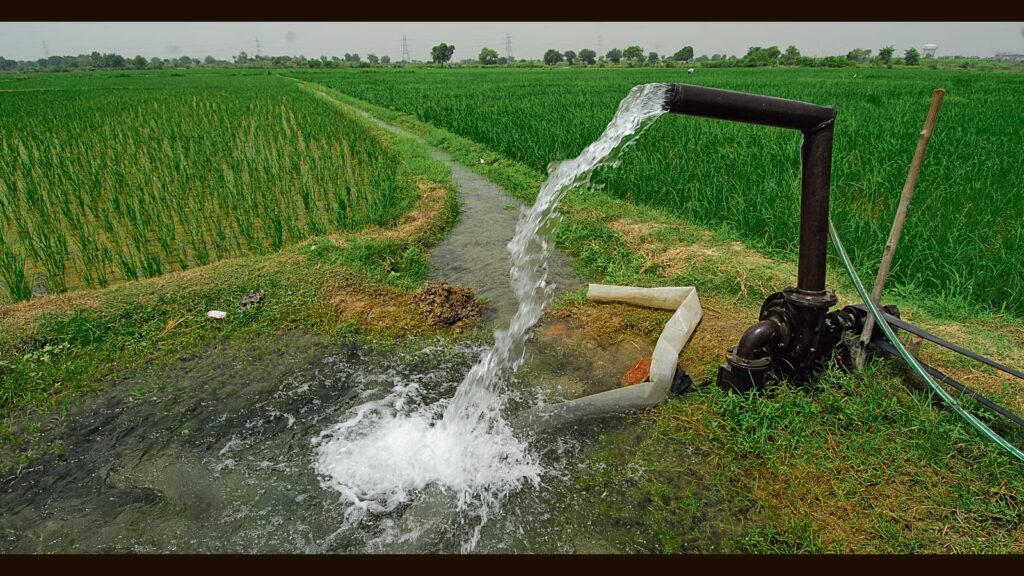
Irrigation Management is a crucial aspect of modern agriculture, ensuring that crops receive the right amount of water at the right time. With the ever-growing global population, it’s essential to maximize crop yields while conserving water resources. In this comprehensive guide, we will delve into the intricacies of irrigation management, from its importance to advanced techniques and tips for optimizing your irrigation practices.
Introduction to Irrigation Management
Irrigation management involves the precise control of water distribution to crops to ensure optimal growth. This practice is especially critical in areas with irregular rainfall or water scarcity. A well-designed irrigation system can significantly improve crop yield, quality, and resource efficiency. The following sections will discuss various aspects of effective irrigation management.
The Significance of Proper Watering
Proper irrigation ensures that plants receive adequate water for photosynthesis, nutrient absorption, and overall development. Insufficient water can lead to stunted growth and reduced yields, while excessive watering can cause root diseases and nutrient leaching.
Types of Irrigation Systems
Drip Irrigation
Drip irrigation delivers water directly to the plant’s root zone, minimizing water wastage. It’s ideal for gardens, orchards, and row crops.
Sprinkler Irrigation
Sprinklers mimic natural rainfall and are suitable for various crop types. They can be above-ground or buried.
Surface Irrigation
This traditional method relies on gravity to distribute water across the field. It’s simple and cost-effective but can lead to uneven water distribution.
Subsurface Irrigation
Water is applied below the soil surface, reducing evaporation and minimizing weed growth. It’s commonly used in water-scarce regions.
Factors Influencing Irrigation Decisions
Various factors determine the ideal irrigation strategy for a specific crop and location. Soil type, crop type, climate, water availability, and water quality all play significant roles.
Calculating Water Requirements
Evapotranspiration (ET) Rates
ET accounts for both evaporation from the soil and transpiration from plants. It helps estimate the water loss from the field.
Crop Coefficient (Kc)
Kc values adjust ET rates based on the type of crop. It’s a crucial factor in determining water requirements.
Effective Rainfall
Factoring in natural rainfall helps optimize irrigation scheduling, preventing overwatering.

